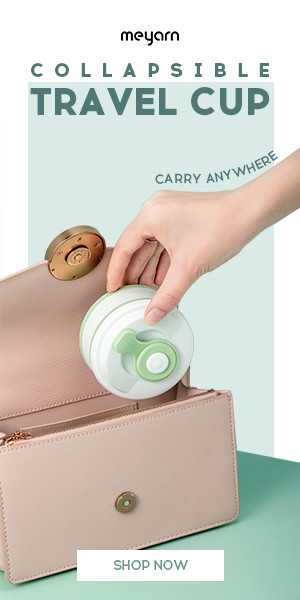Dangers of the Australian Sun
Australia
is a great country, famous for its exceptional summer weather, but when you’re
out in the sun ‘Down Under’, there are some dangers to be wary of. Unlike in
other countries, the sun in Australia is particularly harsh and its UV rays can
be harmful. Those looking to spend time in Oz should understand the dangers of
the sun, as well as seeking protection by using sunscreen and taking cover
under trees and awnings.
Understanding
UV
According
to the Bureau of Meteorology, Ultra Violet radiation is divided into five,
colour-coded categories denoting how damaging the UV rays are to the skin.
During the summer, Australia is susceptible to high, very high and extreme UV
rays. A UV alert is issued when the forecasted rating is 3 or above and this
can be found online, in newspapers or via the ‘UV Alert’ iPhone application. If
you’re spending the day outside, it’s a good idea to check the UV alerts, as
this will tell you what times of the day you specifically need to be sun smart.
Sunburn
Sunburn
is caused by UVB radiation, which, unlike other forms of sun radiation, is not
blocked out by the ozone layer. Sunburn can be hugely harmful to your skin,
resulting in wrinkles, discolouration and pain. In Australia, 8% of children,
24% of teenagers and 14% of adults suffer sunburn during summer weekends.
Sunburn can also occur on cooler days, when people assume that UV radiation is
less or is blocked out by the clouds. As well as being damaging to your skin,
sunburn can also lead to one of Australia’s biggest dangers: skin cancer.
Skin
Cancer
The
more harmful UV rays are, the more damage they can cause. Sunburn and skin
cancer are extremely high in Australia, with more than 1850 people dying from
skin cancer each year. Travellers from overseas need to be wary of sun exposure
in Australia, and the risk of skin cancer. Skin cancer is divided into melanoma
and non-melanoma, with non-melanoma being the most common.
Other
Damage
Other
than skin cancer, the sun can also injure the body in other ways and Ultra
Violet radiation has been known to cause cataracts and retinal damage, and can
contribute to macular degeneration. The Cancer Council of Australia recommends
preventing eye damage by wearing a broad-brimmed hat and wrap-around sunglasses
that are designed to prevent UV radiation.
Being
Sun Smart
It’s
important to remember the saying, “slip, slop, slap, seek, slide,” when it
comes to protecting yourself from the sun in Australia. This campaign was
developed by the Cancer Council in the 1980s and has now become an integral
part of their SunSmart program. The message translates to:
●
“Slip” on sun-protective clothing and
cover your skin
●
“Slop” on some sunscreen, which should
be at least 30+SPF and water resistant (if you’re swimming)
●
“Slap” on a hat to protect your face,
eyes, neck and ears
●
“Seek” shade instead of spending lots
of time in the sun
●
“Slide” on some Australian standard
sunglasses to protect your eyes
At
Home
If
you’re spending lots of time in your backyard at home, it’s good to also follow
these tips and also make sure there is plenty of shade available. If there
aren’t a lot of trees in your yard, consider awnings or umbrellas instead. If
you have a pool, a shade sail over the pool can be beneficial. A pool heater is a great way to keep
the water warm while still having the benefit of shade.























0 komentar:
Post a Comment